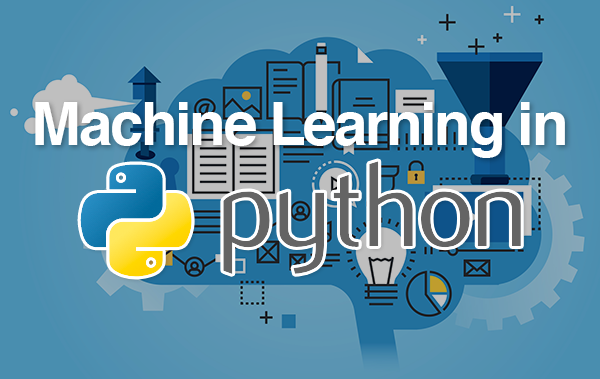
Classification is a method of machine learning that is used to predict the class of a given data point. In order to do this, the data must be labeled with the correct class. In this essay, we will go over the steps needed to get the class distribution in data for classification in Python.
The first step is to load the data that you want to classify. This can be done using a library such as Pandas or Numpy. Once the data is loaded, you will need to separate it into two parts: the features and the labels. The features are the variables that will be used to predict the class, while the labels are the classes that the data points belong to.
Once the data is separated, you will need to get the class distribution of the data. This can be done using the “np.unique()” function in Numpy. This function will return an array of unique values in the labels, as well as their frequencies. You can then use the “np.bincount()” function to get the number of occurrences of each class in the labels.
For example, if you have a dataset with three classes: “A”, “B”, and “C”, the class distribution would be: class “A” has X instances, class “B” has Y instances, class “C” has Z instances.
It’s important to note that a balanced dataset is crucial for a fair classification process, meaning that a dataset should have a similar number of instances for each class. In case the dataset is unbalanced, there are a few techniques to balance it, such as oversampling, undersampling and synthetic data generation.
Another important aspect to consider is to split the data into training and testing datasets, this way the class distribution can be preserved and the accuracy of the model can be evaluated.
In conclusion, getting the class distribution in data for classification in Python is a crucial step in the machine learning process. This allows you to see how many instances of each class are in the data, and to make sure that the data is balanced. With the help of libraries such as Numpy and Pandas, it is relatively simple to get the class distribution of a dataset, and with the use of techniques such as oversampling, undersampling and synthetic data generation, the dataset can be balanced. Furthermore, splitting the data into training and testing datasets is also important to evaluate the accuracy of the model.
In this Applied Machine Learning & Data Science Recipe (Jupyter Notebook), the reader will find the practical use of applied machine learning and data science in Python programming: How to get CLASS Distribution in Data for Classification.
What should I learn from this recipe?
You will learn:
- How to get CLASS Distribution in Data for Classification.
How to get CLASS Distribution in Data for Classification:
Disclaimer: The information and code presented within this recipe/tutorial is only for educational and coaching purposes for beginners and developers. Anyone can practice and apply the recipe/tutorial presented here, but the reader is taking full responsibility for his/her actions. The author (content curator) of this recipe (code / program) has made every effort to ensure the accuracy of the information was correct at time of publication. The author (content curator) does not assume and hereby disclaims any liability to any party for any loss, damage, or disruption caused by errors or omissions, whether such errors or omissions result from accident, negligence, or any other cause. The information presented here could also be found in public knowledge domains.
Learn by Coding: v-Tutorials on Applied Machine Learning and Data Science for Beginners
Latest end-to-end Learn by Coding Projects (Jupyter Notebooks) in Python and R:
Applied Statistics with R for Beginners and Business Professionals
Data Science and Machine Learning Projects in Python: Tabular Data Analytics
Data Science and Machine Learning Projects in R: Tabular Data Analytics
Python Machine Learning & Data Science Recipes: Learn by Coding